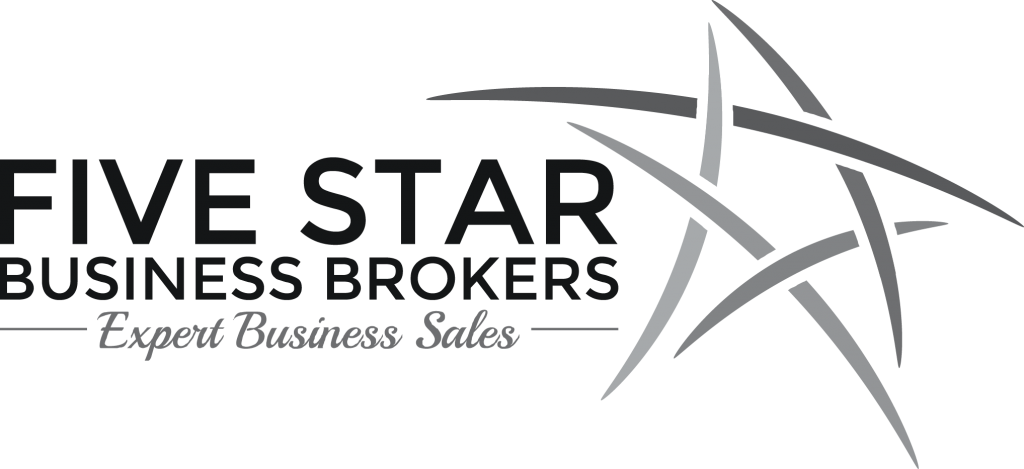Value of Business Based on Adjusted Owner Benefit
The valuation of most businesses are based on a multiple of the adjusted owner benefit of the business. Determining the adjusted owner benefit (or true economic profits derived by the owner) is tricky and requires careful analysis. This will enable the valuation to reflect the true value of the business, and will enable the buyer to get the true picture of the income that they can expect to derive from the business. The multiple valuation range of the business – outside the scope of this article – depends on a range of factors such as the growth rate of the business, physical assets of the business, and the degree of ownership involvement in the business.
First Step to Value Business: Determine EBITDA
The term EBITDA refers to Earnings Before Interest, Taxes, Depreciation, and Amortization. The purpose of using EBITDA is to get a better picture of a company’s real earnings by stripping out non-cash expenses, taxes, and the costs of debt or capital equipment. If the business is sold debt-free (usually the case), then EBITDA will more accurately tell a buyer the real cash flow of the business that they reasonably expect.
An Example to Determine EBITDA
- Bill’s Cabinet Shop has $200,000 of taxable net income (or pre-tax income on its tax return).
- To determine the EBITDA, one must take this pre-tax income of $200,000 and add-back any interest, depreciation, and amortization expenses that appear on Bill’s tax return.
- Let us say that the business incurred $20,000 of interest expenses made toward its vehicle debt.
- Additionally, let’s presume that the business incurred a $10,000 depreciation charge and a $30,000 amortization (which is debt service on loans or long term assets) charge for capital equipment.
- The EBITDA of Bill’s Cabinet Shop is thus $260,000.
‘Adjusted Owner Benefit’ Captures More Add-Backs
The EBITDA of the business does not necessarily incorporate the true economic profits derived by the seller of the business (or adjusted owner benefit). The adjusted owner benefit also captures salaries or management fees paid to the owners of the business. Further, the adjusted owner benefit captures personal expenses of the owner that are expensed in the financial statement). Unrecorded sales (if proven) are also included in adjusted owner benefit. These salaries, fees, and expenses are hidden assets that benefit the owner and in reality constitute economic profits to the owner.
Determine Owner Benefit for Buyer of Business
- The owner-add backs not reflected in EBITDA should also translate into economic profits to the buyer of the business.
- This is true so long as the buyer does not need to incur costs to replace the owner (or members of the owner’s family).
- If the buyer will need to replace the owner or working members of the owner’s family, then such replacement costs that the buyer may incur should be deducted from the owner benefit.
- An experienced business broker should analyze whether a ‘working owner’ is generally expected from most buyers within the specific industry.
- If the working owner has a high skill set (such as a working plumber), then it is reasonable to assume that a buyer will not be able or willing to replace the working owner with himself or herself.
- The financial statement must be generally examined to determine if any other irregular expenses would not be faced by the buyer and thus be added back to owner benefit.
Owner Add-Backs Common in South Florida Business Sales
In small businesses throughout South Florida, such accounting treatment or personal owner-add backs is very common and the business owner need not worry that their business valuation will not reflect these legitimate owner add-backs. It is the job of the professional business broker to uncover these hidden assets and incorporate them into the advertised owner benefit.
An Example to Determine Adjusted Owner Benefit
- In the above example of Bill’s Cabinet Shop, the determined EBITDA was $260,000.
- Looking at the tax return more closely reveals other hidden assets that should be included in the adjusted owner benefit.
- The officer’s salary (paid to Bill) is $100,000.
- Additionally, Bill reveals that he expenses $10,000 of his personal vehicle costs through the ‘Auto Expenses’ category on the tax return.
- Lastly, it is revealed that the company pays a $30,000 management fee to Bill’s wife (who is not active in the business).
- These costs amount to $140,000 and are appropriately deemed to be owner add-backs.
- Such costs would not be borne by the buyer of the business.
- Thus the true owner benefit of the business is $400,000 ($140,000 of owner add-backs plus $260,000 of EBITDA).
- Note, however, that Bill’s $100,000 salary may not be viewed as an add-back by some buyers if they can not replace Bill’s role in the business by themselves.
- The more active Bill is in the business, then the more potential costs a buyer will have to replace Bill’s role in the business.
Deriving the adjusted owner business is the most critical step when it comes time to sell your business, and can be a far more complex exercise than one may anticipate. Using the right valuation technique that incorporates owner add-backs along with the traditional EBITDA will result in the fairest outcome for all concerned.
Give Martin at Five Star Business Brokers of Palm Beach County a call today for a FREE evaluation of your business.
